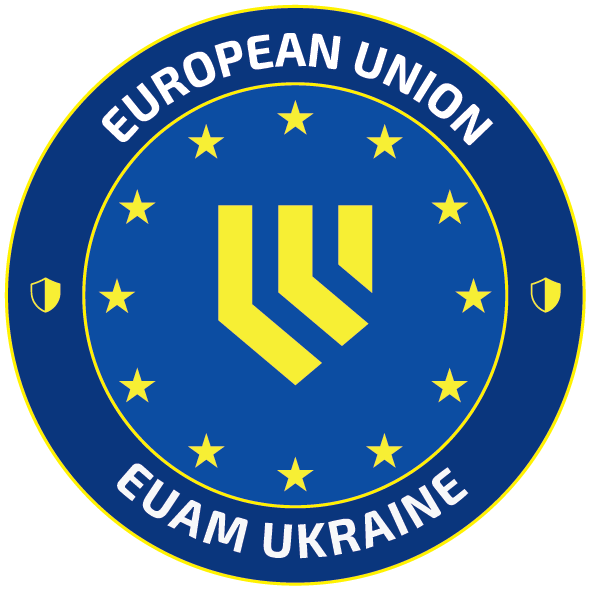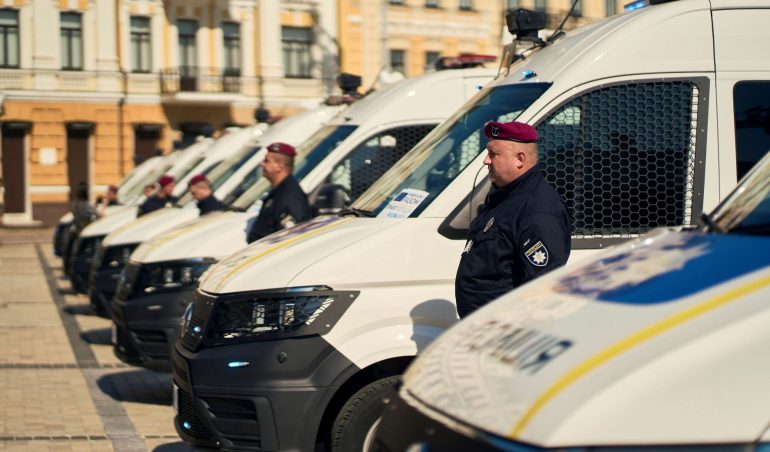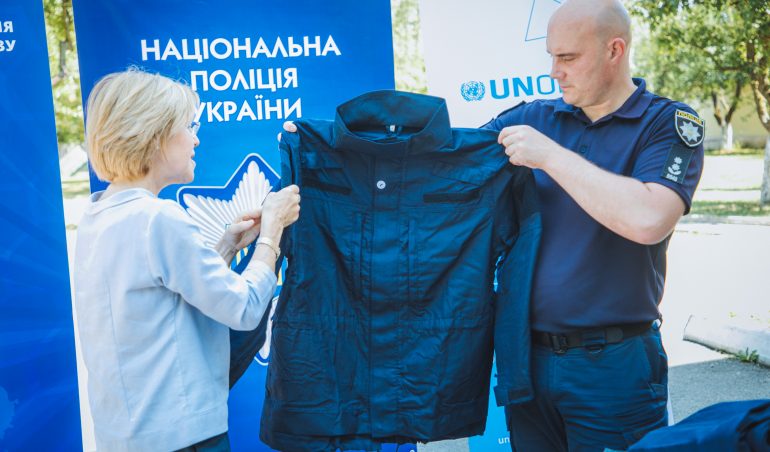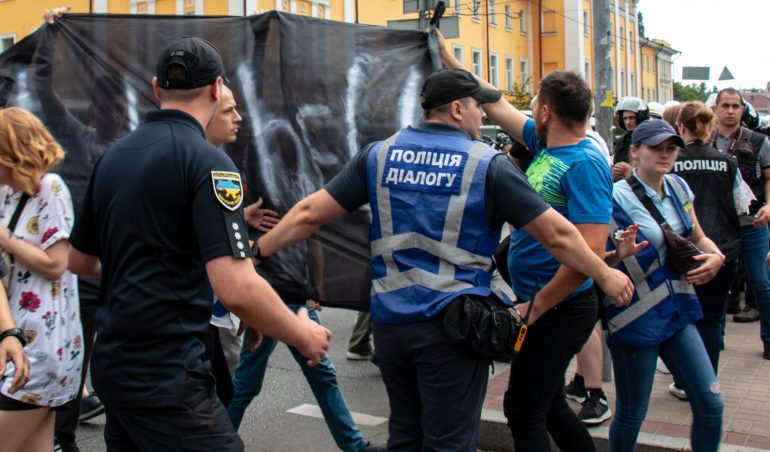The riot that changed European policing
September 21, 2017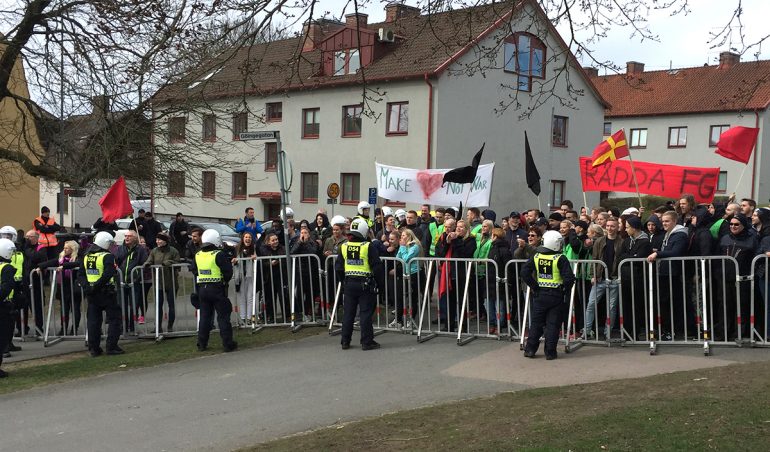
On 14-16 June 2001, while an EU Summit was going on in Gothenburg, Sweden, the city suffered some of the most violent and destructive rioting in its history. Anti-globalisation and anti-capitalist protestors clashed with the police, leaving large swathes of the city centre damaged. The situation got so out of hand that for the first time since 1931, the police used live fire on demonstrators. Mercifully, no-one was killed.
To the credit of the Swedish Police, after calm had been restored, they decided to take a long and hard look at what had gone wrong on that day. While a violent minority of the demonstrators had indeed come to Gothenburg with the express intention of causing trouble, an investigation into the events of June 2001 concluded that the police could and should have done a lot more to prevent violence.
The Swedish Police enjoys some of the highest levels of trust in the world – in regular opinion polls over 90% of Swedes say they trust their police service. One of the reasons for this is the police’s willingness to identify problems and confront them head on. Consequently, after the problems exposed by the Gothenburg riots, the Swedish Police set to work on developing a new model of public order policing. Police services in Britain, the Netherlands and Germany were consulted on the new model, but the majority of the input came from neighbouring Denmark. At the same time, the Swedish police started cooperating with European scientists/researchers, including experts on the psychology of crowds, in order to learn more on how to better police different types of mass events.
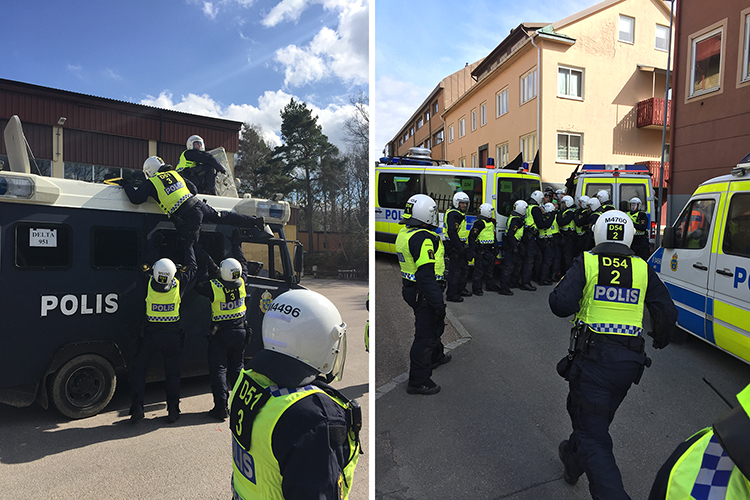
The new policing model, which emerged from this exercise, has continuously evolved since the mid-2000s. It is very influential, and elements of the model are now common in other European police services. My colleagues and I at the EU Advisory Mission Ukraine are therefore delighted that as part of the National Police of Ukraine’s ongoing efforts to create a more European police service, they have decided to adopt what we call the ‘Scandinavian approach’ as the basis for a new Ukrainian model of public order policing.
From 25 September, the EU Advisory Mission will launch a major training programme for police commanders in public order units in Ukraine. In the first pilot training, a total of 22 commanders will be trained. It will target the three command levels: the strategic level (what we call ‘Gold’), the operational level (‘Silver’) and the tactical level (‘Bronze’).
I should stress that no country ever adopts police models wholesale – modern European policing is a patchwork of shared ideas, each adapted to local needs. So the new model in Ukraine will not purely be a ‘Scandinavian approach’, rather it will be a Ukrainian model, based on effective methods from abroad, grounded in a human rights perspective.
There is a school of thought in Ukraine that says this country’s challenges are too complex for ‘hippy policing’ brought over from countries not facing conflict to be successful. Nothing could be further from the truth. We recommend the ‘Scandinavian approach’ precisely because it has repeatedly proven to be effective at reducing violence during mass events.
The core principle of this approach is what we call ‘facilitation’ i.e. that the role of the police should be to ensure that people who gather peacefully have their rights protected. It is usually only a minority of any crowd that wants violence, but that minority can become much bigger if the police react in the wrong way. Effective policing involves constant dialogue with the organisers of demonstrations or mass events, so that potential sources of trouble are identified and neutralised early. It’s important to establish for example whether a bottle thrown is an isolated incident, or the start of something more serious.
A ‘facilitation’ approach also means that the crowd should see the police as people who will protect and defend their rights and not the opposite. Low profile, ‘No surprise’ policing are vital for successful democratic policing, as is taking what we call a ‘graduated approach’. A graduated approach means that you start off low key, like soft caps and high visibility jackets and only escalate the situation if there is a serious threat of violence. Staring down a crowd with helmets and shields from the very start could indeed be counterproductive.
It is hoped that a new public order model, grounded in facilitation and human rights principles will be as effective in reducing violence at demonstrations and other mass events such as football matches here in Ukraine as it has been in other countries. The change won’t happen overnight and won’t solve the problem of violence at mass events entirely. Hopefully, however, it will make a contribution to a new way of policing in Ukraine where mass events are treated as a right to be protected and not a threat to be afraid of. We congratulate our colleagues in the National Police of Ukraine on taking this step and assure them that we will be with them as these changes are implemented.
This opinion piece by EUAM Head of Mission Kęstutis Lančinskas was originally published in Evropeiska Pravda on 21 September 2017.
